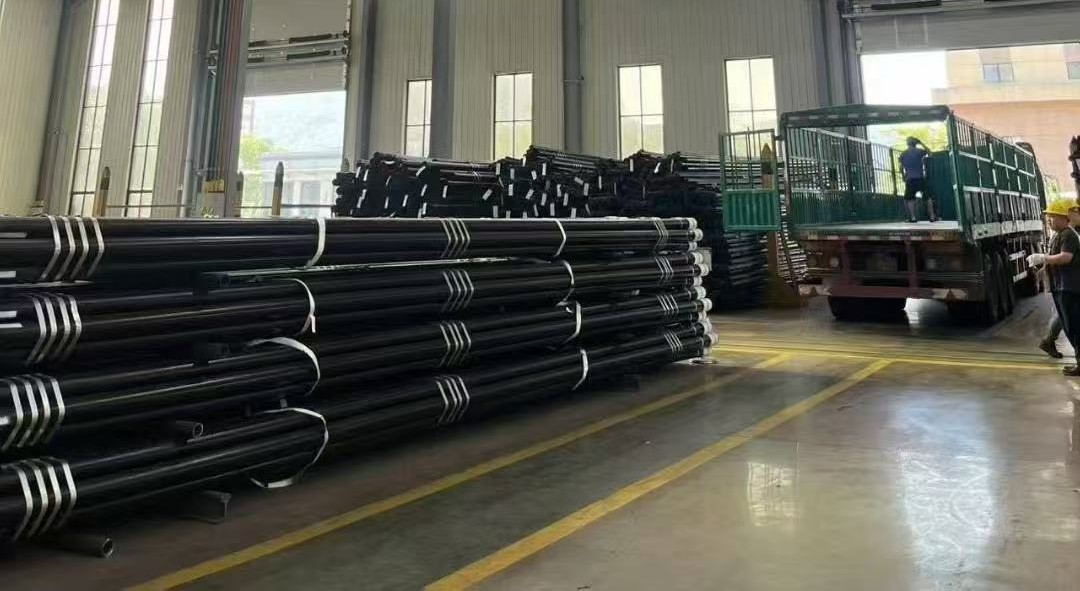1.Wax Deposition
◦ Causes: Crude oil contains paraffin (alkanes with 16-64 carbon atoms). When crude oil flows through the tubing, due to temperature drop (the temperature decreases near the wellhead), pressure reduction, or slowdown in flow rate, paraffin will precipitate from the crude oil and adhere to the inner wall of the tubing, forming a wax layer.
◦ Hazards:
◦ Reduces the inner diameter of the tubing, increases fluid flow resistance, and lowers production;
◦ In severe cases, clogs the tubing, leading to production shutdown;
◦ Increases the load on oil pumping equipment and accelerates wear.
2.Scaling
◦ Causes: Metal ions such as calcium, magnesium, and barium in the produced fluid of oil and gas wells combine with anions like carbonate and sulfate to form insoluble salts such as calcium carbonate and barium sulfate. When the ion concentration exceeds the solubility, they deposit on the inner wall of the tubing to form scale. In addition, sediment in formation water and corrosion products (such as iron oxide) may also mix to form fouling.
◦ Hazards:
◦ Clogs the tubing and oil production equipment (such as sucker rod pump valves);
◦ Accelerates tubing corrosion (under-scale corrosion);
◦ Increases energy consumption and affects production efficiency.
